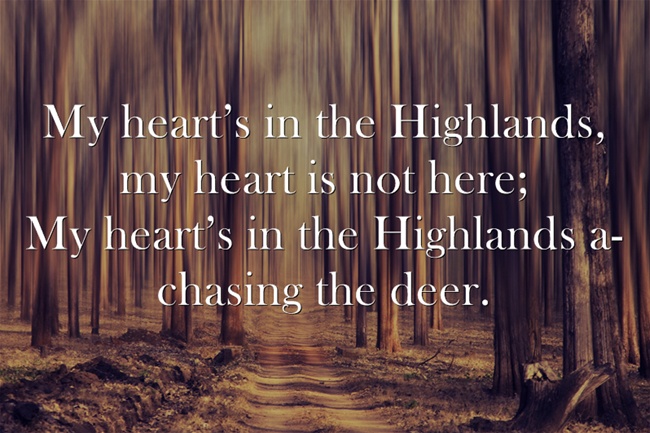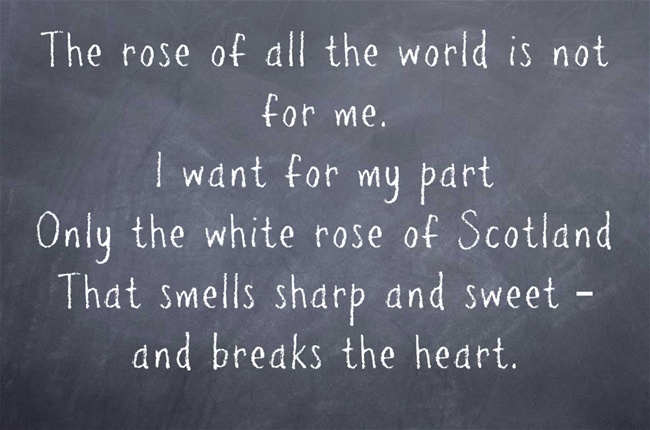By Maggie Belnap
The invention of the synthesizer in the mid-20th century inspired composers and redesigned electronic music. The synthesizer sped up the creation process by combining hundreds of different sounds, and composers were inspired to delve deeper into the possibilities of electronic music.
1. Electronic music was first attempted in the United States and Canada in the 1890s. Its creation process was difficult. To create just a few minutes of music, with perhaps a hundred different sounds, could take weeks to finalize.
2. The first true synthesizer was released to the public in 1956. It was made up of an array of electronic tone generators and processing devices that controlled the nature of the sounds.
3. That synthesizer played itself in traveling patterns that could be repeated or not. It was controlled by a system of brush sensors that responded to patterns of pre-punched holes on a rotating paper roll.
4. The most well-known and celebrated electronic pieces in the 1950s are Eimert’s Fünf Stücke, Stockhausen’s Gesang der Jünglinge, Krenek’s Spiritus Intelligentiae Sanctus, Berio’s Mutazioni, and Maderna’s Notturno.
5. The first electronic concert was given in the Museum of Modern Art, NY on 28 October 1953 by Ussachevsky and Luening.
6. Two Americans, Robert Moog and Donald Buchla, created separate companies to manufacture synthesizers in the 1960s. Robert Moog’s synthesizer was released in 1965 and is considered a major milestone for electronic music.
7. They were followed by others and soon synthesizers that were voltage-controlled and portable were available for studio and on stage performances.
8. In the 1980s, commercial synthesizers were produced on a regular basis. Yamaha released the first all-digital synthesizer in 1983.
Maggie Belnap is a Social Media intern at Oxford University Press. She attends Amherst College.
Oxford Reference is the home of reference publishing at Oxford. With over 16,000 photographs, maps, tables, diagrams and a quick and speedy search, Oxford Reference saves you time while enhancing and complementing your work.
Subscribe to OUPblog via email or RSS.
Subscribe to only music articles on OUPblog via email or RSS.
The post Eight facts about the synthesizer and electronic music appeared first on OUPblog.

Our generous employees have been snapping away at our office decorations and we’d like to share them with you.
-
Oxford quad on 12 December
http://blog.oup.com/wp-content/uploads/2012/12/silvareader.jpg
Courtesy of Anna Silva
-
Oxford Quad in December
http://blog.oup.com/wp-content/uploads/2012/12/kspencer-ss.jpg
Courtesy of Katie Spencer.
-
Oxford quad at night
http://blog.oup.com/wp-content/uploads/2012/12/oupmusic-anwen1.jpg
Courtesy of Anwen Greenaway
-
A christmas tree at the OUP Oxford office
http://blog.oup.com/wp-content/uploads/2012/12/oxtree-ss.jpg
Courtesy of Lizzie Shannon-Little.
-
Office decorations at OUP Oxford
http://blog.oup.com/wp-content/uploads/2012/12/door-ss.jpg
Courtesy of Lizzie Shannon-Little.
-
Program for the OUP Oxford Choir
http://blog.oup.com/wp-content/uploads/2012/12/choir2-ss.jpg
Courtesy of Lizzie Shannon-Little.
-
The OUP Oxford Choir performs
http://blog.oup.com/wp-content/uploads/2012/12/choir-ss.jpg
Courtesy of Lizzie Shannon-Little.
-
Mince pies in the OUP Oxford Fairway for the choir singing.
http://blog.oup.com/wp-content/uploads/2012/12/meatpies1-ss.jpg
Courtesy of Lizzie Shannon-Little.
-
Mince pies and mulled wine in the OUP Oxford Fairway for the choir singing.
http://blog.oup.com/wp-content/uploads/2012/12/meatpies2-ss.jpg
Courtesy of Lizzie Shannon-Little.
-
The OUP Oxford Holiday Party
http://blog.oup.com/wp-content/uploads/2012/12/masque-ss.jpg
Courtesy of Lizzie Shannon-Little.
-
Ceiling of Oxford Town Hall where OUP Oxford had their holiday party.
http://blog.oup.com/wp-content/uploads/2012/12/ceiling-ss.jpg
Courtesy of Lizzie Shannon-Little.
-
OUP Oxford Holiday Party decorations
http://blog.oup.com/wp-content/uploads/2012/12/holidaypartydecor2-ss.jpg
Courtesy of Lizzie Shannon-Little.
-
OUP Oxford Holiday Party decorations
http://blog.oup.com/wp-content/uploads/2012/12/holidaypartydecor-ss.jpg
Courtesy of Lizzie Shannon-Little.
-
New York office window
http://blog.oup.com/wp-content/uploads/2012/12/IMG_3994-e1355934864164.jpg
Courtesy of Jeremy Wang-Iverson
-
New York office window
http://blog.oup.com/wp-content/uploads/2012/12/IMG_3991-e1355934833992.jpg
Courtesy of Jeremy Wang-Iverson
-
New York office window
http://blog.oup.com/wp-content/uploads/2012/12/IMG_3982-e1355934799224.jpg
Courtesy of Jeremy Wang-Iverson
-
New York office window
http://blog.oup.com/wp-content/uploads/2012/12/IMG_4000-e1355934970454.jpg
Courtesy of Jeremy Wang-Iverson
-
New York office lobby
http://blog.oup.com/wp-content/uploads/2012/12/jwitree-edit.jpg
Courtesy of Jeremy Wang-Iverson
-
New York office lobby
http://blog.oup.com/wp-content/uploads/2012/12/IMG_4005-e1355935021203.jpg
Courtesy of Jeremy Wang-Iverson
-
New York office lobby
http://blog.oup.com/wp-content/uploads/2012/12/oupmusic-alyssa1.jpg
Courtesy of Alyssa Bender
-
New York office lobby
http://blog.oup.com/wp-content/uploads/2012/12/menorah-ss.jpg
Courtesy of Alice Northover
-
The Cary, NC office lobby
http://blog.oup.com/wp-content/uploads/2012/12/tree-ss.jpg
Courtesy of Dan Poindexter
-
The Cary, NC lobby tree
http://blog.oup.com/wp-content/uploads/2012/12/tree2-ss.jpg
Courtesy of Dan Poindexter
-
The Cary, NC canteen
http://blog.oup.com/wp-content/uploads/2012/12/snowman-ss.jpg
Courtesy of Dan Poindexter
-
Figurines in the Cary, NC office
http://blog.oup.com/wp-content/uploads/2012/12/characters-ss.jpg
Courtesy of Dan Poindexter
-
Christmas tree in our Mexico office
http://blog.oup.com/wp-content/uploads/2012/12/oupmexico1.jpg
Courtesy of Mariana de los Rios
-
But OUP is always where its authors are.
http://blog.oup.com/wp-content/uploads/2012/12/author1.jpg
Stefan Fafinski poses with Legal Skills, 3rd edition, which he co-authored with Emily Finch. Photo courtesy of @FinchFafinski.
The post Photos from Oxford University Press offices around the globe appeared first on OUPblog.

By Iain Mackinlay
Christmas is the busiest time of year for the Oxford University Press Music Hire Library. With everyone wanting to include festive music in their December concerts the three Library worker elves are kept scurrying around the mile-long stretch of music shelves from September to December, busily packing up orders in time for Christmas concert rehearsals.

Music Hire Library Team: They’ve gone crazy from all the Christmas preparation!
With the fight to be Christmas No 1 in the charts still on, we thought we’d compile our own greatest hits of Christmas 2012. So, now that the orders are all in, and parcels of carols are winging their way to choirs and orchestras around the globe, we’ve totted up the orders for our festive music. Here’s the top ten for 2012:
10. Good King Wenceslas; Reginald Jacques
From Carols for Choirs 1
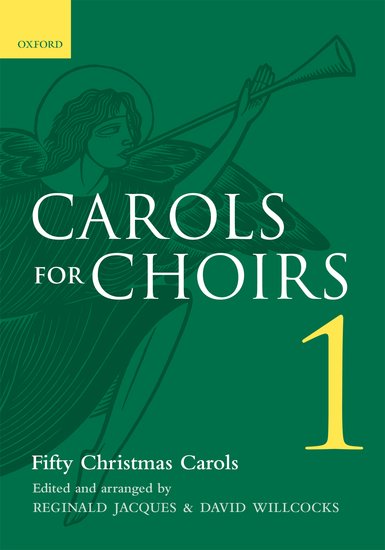
9. Shepherd’s Pipe Carol; John Rutter
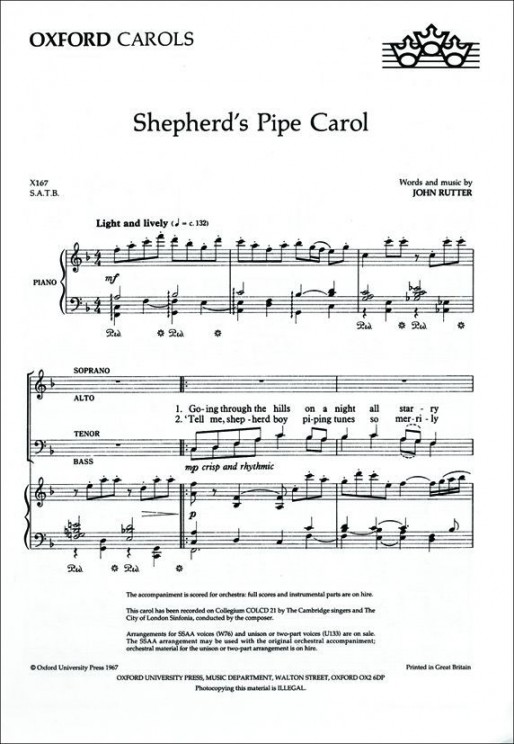
8. We wish you a Merry Christmas; Arthur Warrell
From Carols for Choirs 1

7. On Christmas Night; Bob Chilcott
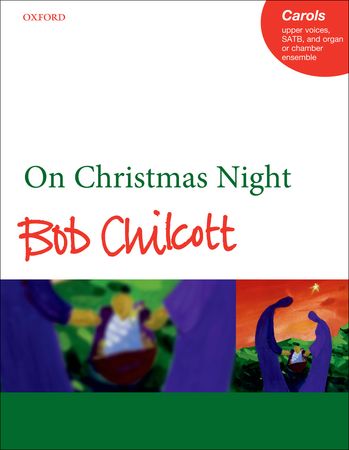
6. The Twelve Days of Christmas; John Rutter
From Carols for Choirs 2 and 100 Carols for Choirs
Click here to view the embedded video.
5. Sans Day Carol; John Rutter
From Carols for Choirs 2 and 100 Carols for Choirs
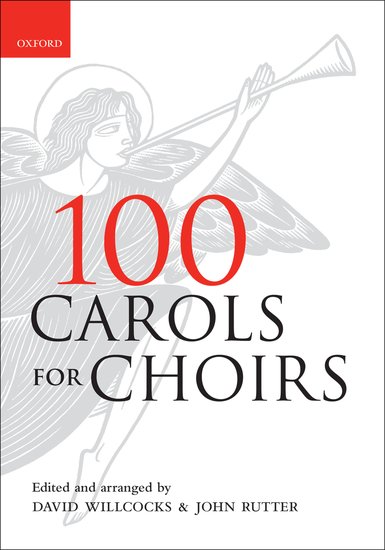
4. Angels’ Carol; John Rutter
Click here to view the embedded video.
3. Jingle Bells; Sir David Willcocks

2. Hark! The Herald Angels sing; Mendelssohn
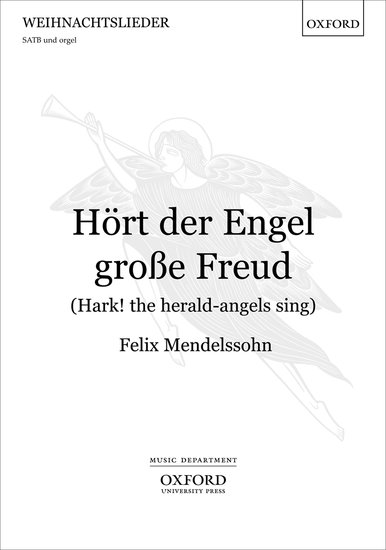
And….
1. O come, all ye Faithful; Sir David Willcocks
Click here to view the embedded video.
Iain Mackinlay is the Music Hire Manager at Oxford University Press. To find out more about these and other Christmas music published by OUP visit our website. Oxford Sheet Music is distributed in the US by Peters Edition.
Subscribe to the OUPblog via email or RSS.
Subscribe to only music articles on the OUPblog via email or RSS.
Image credits: All images property of Oxford University Press. Do not reproduce without prior express written permisson.
The post Top ten Christmas carols of 2012 appeared first on OUPblog.

30 November is St Andrew’s Day, but who was St Andrew? The apostle and patron saint of Scotland, Andrew was a fisherman from Capernaum in Galilee. He is rather a mysterious figure, and you can read more about him in the Oxford Dictionary of National Biography. St Andrew’s Day is well-established and widely celebrated by Scots around the world. To mark the occasion, we have selected quotations from some of Scotland’s most treasured wordsmiths, using the bestselling Oxford Dictionary of Quotations and the Little Oxford Dictionary of Quotations.
There are few more impressive sights in the world than a Scotsman on the make.
J. M. Barrie 1860-1937 Scottish writer
From the lone shielding of the misty island
Mountains divide us, and the waste of seas –
Yet still the blood is strong, the heart is Highland,
And we in dreams behold the Hebrides!
John Galt 1779-1839 Scottish writer
O Caledonia! Stern and wild,
Meet nurse for a poetic child!
Sir Walter Scott 1771-1832 Scottish novelist
O flower of Scotland, when will we see your like again,
that fought and died for your wee bit hill and glen
and stood against him, proud Edward’s army,
and sent him homeward tae think again.
Roy Williamson 1936-90 Scottish folksinger and musician
I love a lassie, a bonnie, bonnie lassie,
She’s as pure as the lily in the dell.
She’s as sweet as the heather, the bonnie bloomin’ heather –
Mary, ma Scotch Bluebell.
Harry Lauder 1870-1950 Scottish music-hall entertainer
My poems should be Clyde-built, crude and sure,
With images of those dole-deployed
To honour the indomitable Reds,
Clydesiders of slant steel and angled cranes;
A poetry of nuts and bolts, born, bred,
Embattled by the Clyde, tight and impure.
Douglas Dunn 1942– Scottish poet
Who owns this landscape?
The millionaire who bought it or
the poacher staggering downhill in the early morning
with a deer on his back?
Norman McCaig 1910–96 Scottish poet
The Little Oxford Dictionary of Quotations fifth edition was published in October this year and is edited by Susan Ratcliffe. The Oxford Dictionary of Quotations seventh edition was published in 2009 to celebrate its 70th year. The ODQ is edited by Elizabeth Knowles.
The Oxford DNB online has made the above-linked lives free to access for a limited time. The ODNB is freely available via public libraries across the UK. Libraries offer ‘remote access’ allowing members to log-on to the complete dictionary, for free, from home (or any other computer) twenty-four hours a day. In addition to 58,000 life stories, the ODNB offers a free, twice monthly biography podcast with over 130 life stories now available. You can also sign up for Life of the Day, a topical biography delivered to your inbox, or follow @ODNB on Twitter for people in the news.
Subscribe to the OUPblog via email or RSS.
Subscribe to only language, lexicography, word, etymology, and dictionary articles on the OUPblog via email or RSS.
View more about the Little Oxford Dictionary of Quotations on the 

View more about the Oxford Dictionary of Quotations on the 












